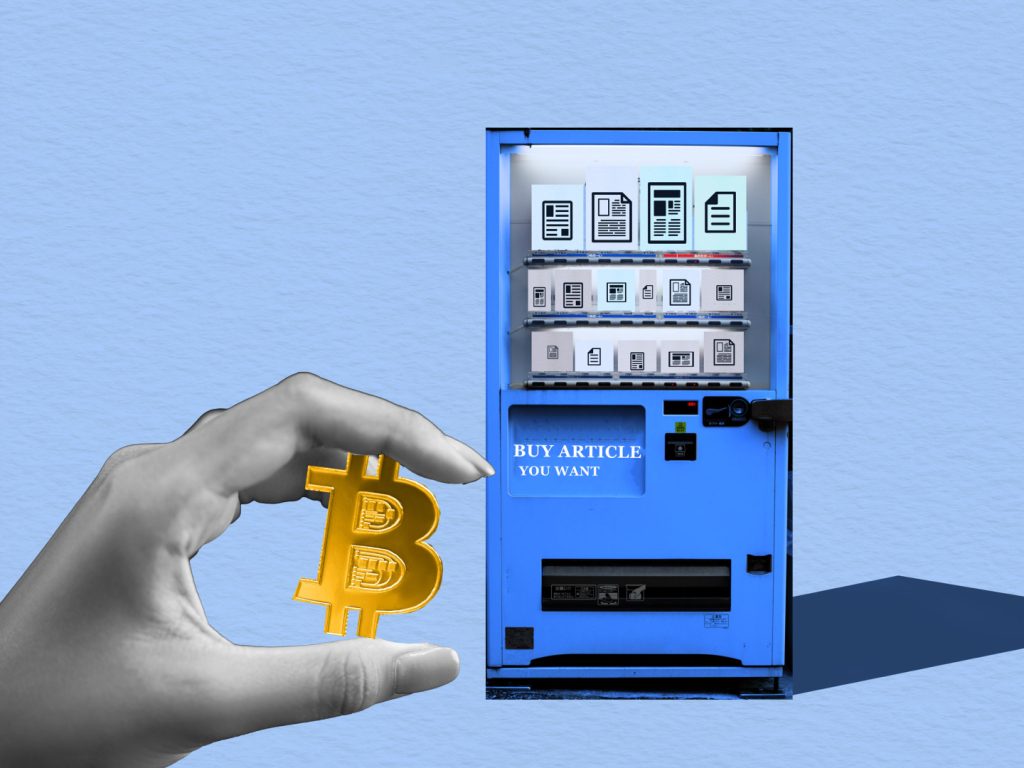In the ever-evolving digital economy, micropayments have emerged as a significant component of online transactions. Micropayments refer to small-scale financial transactions that involve the exchange of a nominal amount of money for a digital service or content, often priced at just a few cents. While individually these transactions might seem inconsequential, the cumulative impact on both consumers and businesses has led to a growing need for comprehensive micropayment policies.
The Rise of Micropayments:
The advent of the internet brought about a shift in how content and services are distributed and consumed. Traditional monetization models struggled to adapt to this changing landscape. Micropayments gained traction as a potential solution for content creators to be fairly compensated for their work while providing consumers with a convenient way to access digital offerings.

Challenges and Concerns:
However, navigating the micropayment landscape is not without its challenges. The transactional costs associated with processing these small payments can often overshadow the revenue generated, making it less appealing for businesses to adopt such models. Additionally, users might be hesitant to engage in frequent microtransactions due to concerns about privacy, security, and the overall hassle of managing numerous small payments.
Policy Considerations:
To address these challenges and create a conducive environment for micropayments to thrive, policymakers need to consider several key factors:
Interoperability: Creating a standardized framework that allows different platforms and services to seamlessly interact with each other can significantly boost micropayments. This reduces friction for both users and businesses, making the overall experience smoother.
Transaction Costs: Policymakers should work with financial institutions and payment processors to reduce the transactional overhead associated with micropayments. Lower fees would encourage more businesses to adopt micropayment models and make them financially viable.
User Data Protection: As micropayments involve frequent transactions, there is an increased exchange of user data. Stricter regulations must be in place to ensure that user privacy is protected and that their data is not exploited for commercial purposes without their consent.
Consumer Education: Educating consumers about the benefits and mechanics of micropayments is crucial. Many users are accustomed to free digital content, and the shift to paying even small amounts might require a change in mindset.
Incentives for Content Creators: Encouraging content creators to adopt micropayment models can be achieved through tax incentives or direct support. This would ensure a continuous flow of high-quality content and services.
Blockchain and Cryptocurrencies: Exploring the integration of blockchain technology and cryptocurrencies could revolutionize micropayments. 소액결제 정책 offer secure, efficient, and low-cost transaction capabilities that align well with the micropayment model.
Global Collaboration: Micropayments are not confined by geographical boundaries. International collaboration on micropayment policies can help streamline cross-border transactions and make the ecosystem more robust.
The realm of micropayments holds immense potential for content creators, businesses, and consumers. However, realizing this potential requires a comprehensive and adaptable policy framework. Such a framework should not only address technical and financial aspects but also prioritize user privacy and data protection. By carefully navigating these challenges and implementing forward-thinking policies, we can create an environment where micropayments can truly flourish, revolutionizing the way we access and pay for digital content and services.
Categories: Business